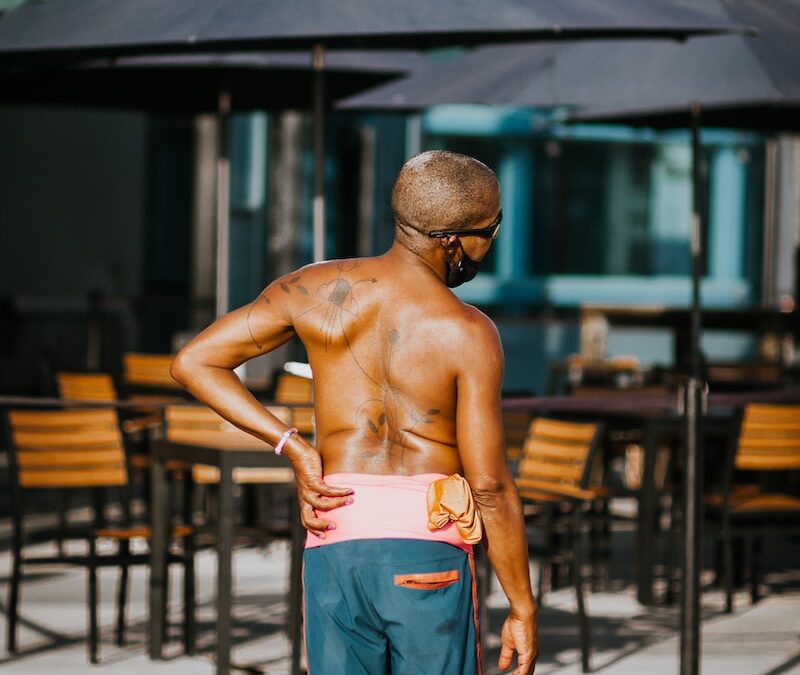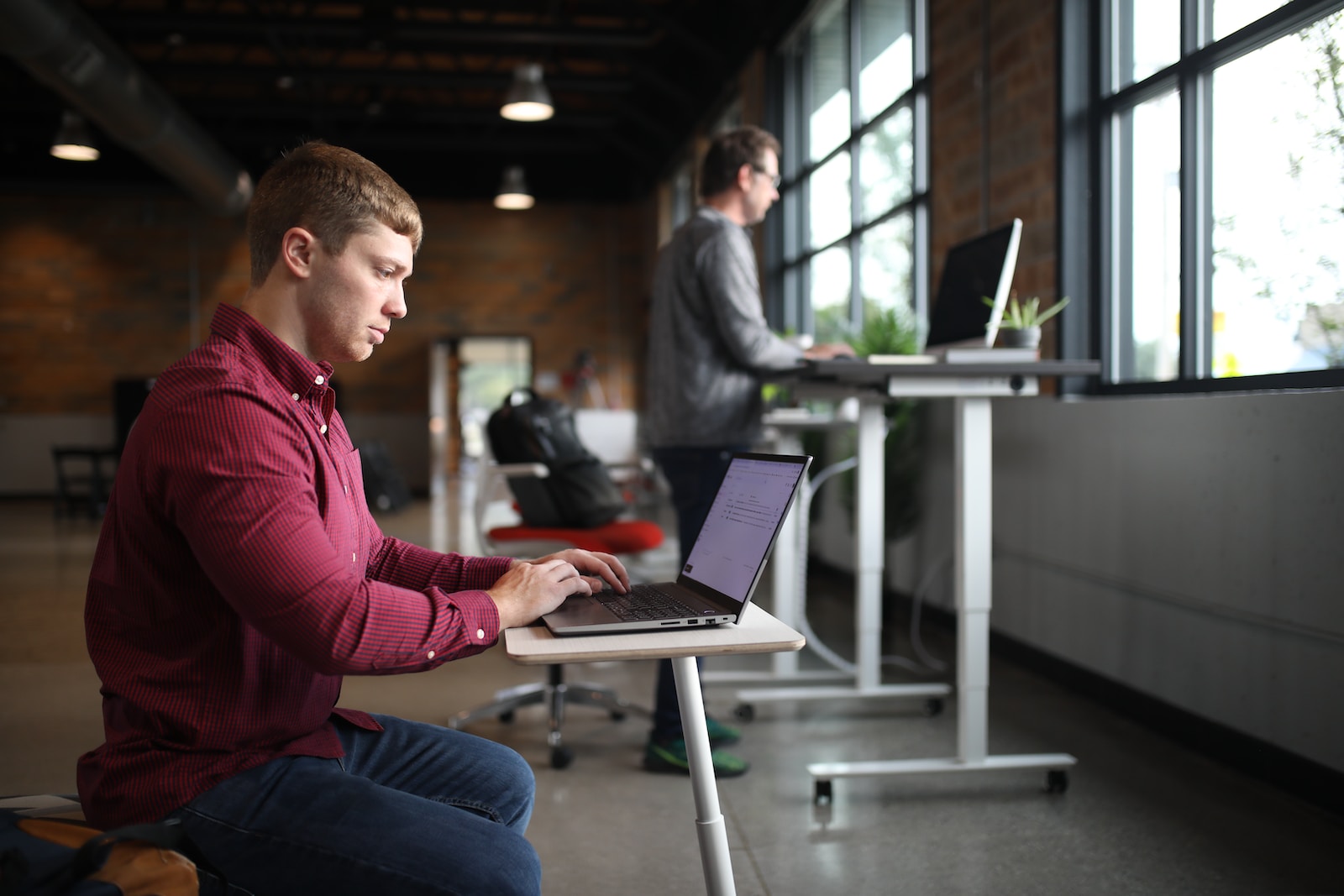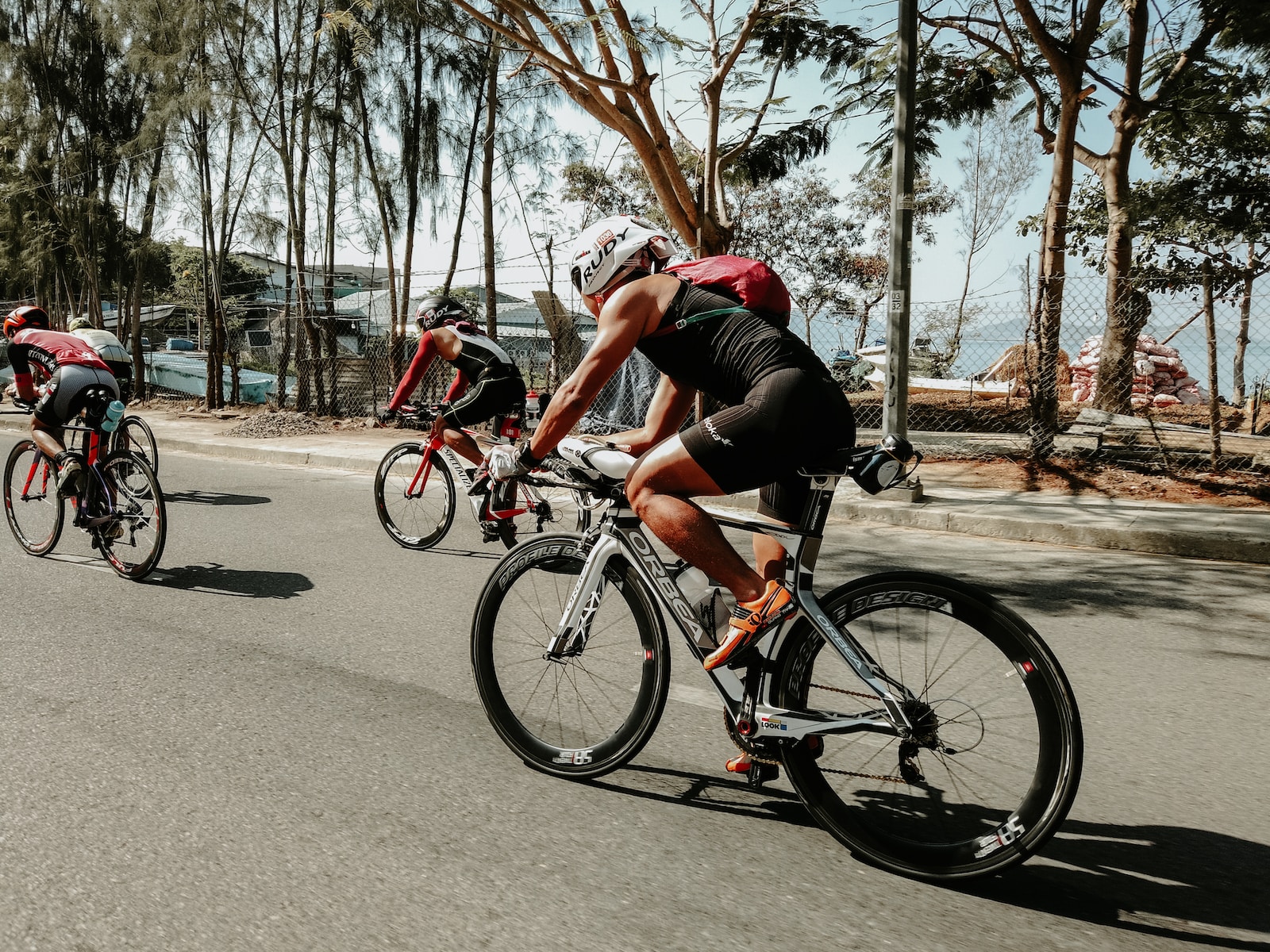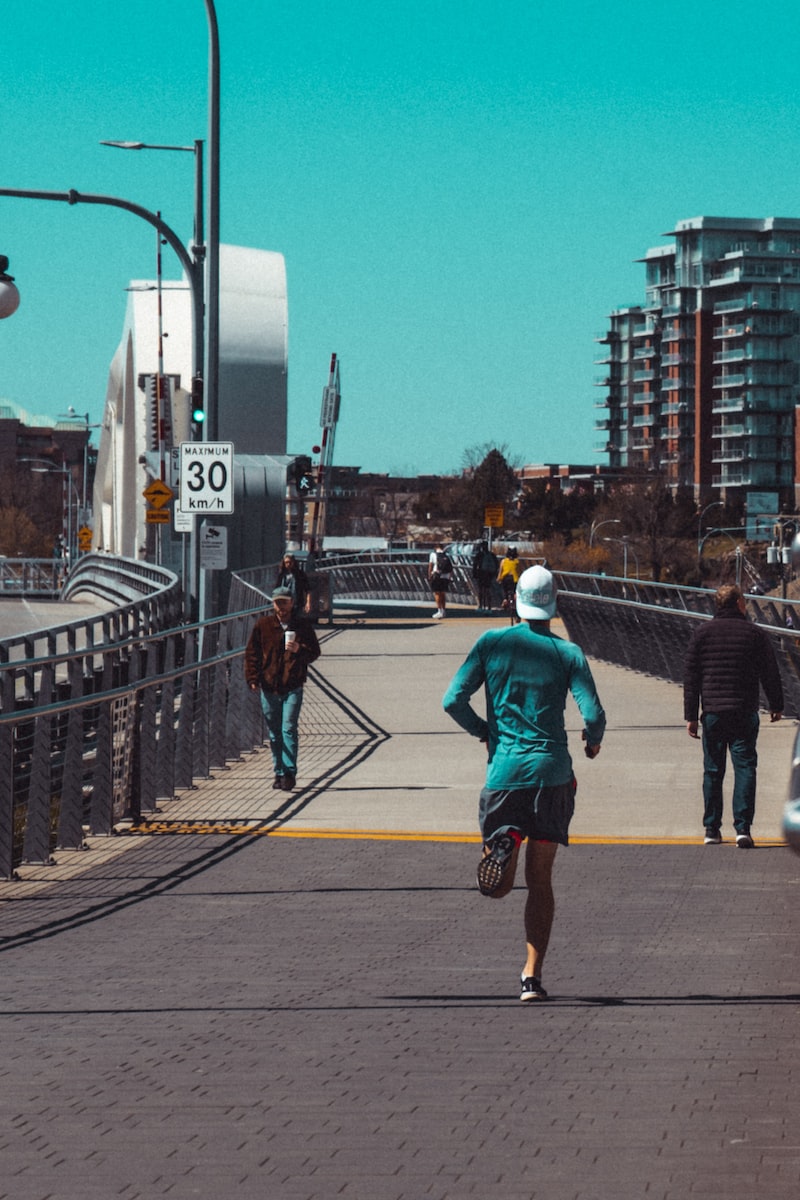Lower back pain - myth-busting and our top 5 important facts
lower back pain can be debilitating. here are some tips for avoiding unhelpul information, managing symptoms and getting back to your best.
Lower Back Pain is extremely common; most of us will experience an episode of Lower Back Pain in our lifetime, with some people being more unfortunate and suffering much more frequently. Luckily, the vast majority of Lower Back Pain isn’t serious. However, this doesn’t make it any easier to deal with, or any less painful.
Following the astronomic advancements in technology over the last 20 years, the tables have turned when it comes to information about Lower Back Pain (and health more generally). The problem is no longer a lack of information; if anything, it’s quite the opposite. Every other article or social media post offers their own ‘quick fix’ solution to what is in truth a complex condition.
The purpose of this blog post is to tackle some of the common myths around Lower Back Pain, as well as to provide some helpful information and management tips for anyone struggling with their back. We hope you enjoy it!
Lower back pain doesn't mean your back is damaged

It can be scary when you hurt your back. It’s normal to worry that the often significant amount of pain you feel when you hurt your back is a sign of serious damage. Luckily, this isn’t usually the case.
Most back pain isn’t serious, even if you’re experiencing a lot of pain. Lower Back Pain is commonly triggered by something innocuous, like bending down to pick something up. In these cases, it’s unlikely that there’s any considerable tissue damage.
So, what causes the pain then? That’s a more difficult question that we still don’t have all the answers to. However, longer-lasting back pain is often related to contributing factors like stress and fatigue, rather than tissue damage.
It may help to think of your back pain as a temporary increase in sensitivity to certain movements, rather than an ‘injury’. Movement often helps, so finding ways to stay active are important in managing your pain.
it isn't caused by poor posture

It’s often drilled into us from a young age that we should sit up straight and have good posture, or risk suffering from all kinds of scary sounding problems. Fortunately, this isn’t supported by the evidence.
Many people have terrible ‘posture’ and never experience any lower back pain, whereas others can sit tall at all times and suffer from much worse fortune. As far as the more contemporary research goes, there doesn’t seem to be any link between posture and pain.
So does this mean we should hunch over laptops all day and not worry about it? No, probably not. The factor that is likely more important than posture, is how much movement and variety we have in our day. If we vary positions, stay active where possible and allow ourselves breaks to move around, this can help to offset any back pain.
Therefore, our advice for posture at work would be to set yourself up in a comfortable position that feels ‘easy’ to maintain, but make effort to move frequently and take regular breaks to give your spine some variety.
it isn't caused by a 'weak core'

Another pervasive lower back myth is that of the weak core. In a similar fashion to posture, some people have low levels of ‘core strength’ and never experience pain, whereas others can have very strong core muscles and suffer from back pain.
Think about elite sports that require extremely good levels of core strength, such as gymnastics and weight lifting. These athletes still experience back pain despite having superhuman core abilities.
This doesn’t mean there’s any problem with core exercises, or that they aren’t beneficial for lots of other reasons. However, they don’t appear to have much relation to lower back pain. A well-rounded strengthening routine, that includes not just core but general upper and lower body strength will likely make the back more robust than core exercises alone.
getting older doesn't cause lower back pain

A common concern of clients with Lower Back Pain is that it may worsen over time. They are often fearful that the pain they’re experiencing during a flare up is a window into the future. Fortunately, this isn’t the case.
Back pain can develop at any age and the interventions we can use to manage it continue to be effective regardless of your life stage. Some research actually indicates the opposite – older individuals can experience less back pain than those considered to be in their mid-life years!
This is likely due to other factors that are more often present in mid-life such as stress, raising children and a lack of work-life balance. This supports our earlier point about back pain being more complex than just structural changes.
Exercise can help! pain with exercise doesn't mean 'damage'

Although back problems can be painful and scary, we don’t have to avoid exercise and it can often help with symptoms. Having some discomfort in your back when exercising doesn’t mean that you’re doing any damage.
A simple guide that we find helpful when helping clients to exercise with back pain is to monitor how your back responds after doing exercise. If it feels manageable during, settles within an hour or two afterwards and is no worse the following morning, we can generally keep doing the things we enjoy without concern.
Some activities might need to be modified to avoid flare ups; however, we think of this as a substitution, rather than avoidance. Our bodies are robust and resilient and movement keeps us healthy.
References
O’Sullivan, P. B., Caneiro, J. P., O’Sullivan, K., Lin, I., Bunzli, S., Wernli, K., & O’Keeffe, M. (2020). Back to basics: 10 facts every person should know about back pain. British journal of sports medicine, 54(12), 698–699. https://doi.org/10.1136/bjsports-2019-101611.
If you’re struggling with an injury that’s stopping you getting back into exercise, call us on 0800 731 2738 or book online here.
If you need some help designing a program that will keep you exercising, get in touch at https://www.summitphysio.co.uk. We also offer Strength and Conditioning services, including bespoke training plans and 1 on 1 coaching.
For more free tips and information, make sure to follow our Facebook and Instagram pages. We also post client stories, so you can see how we’ve helped people get back to doing the things they enjoy!



